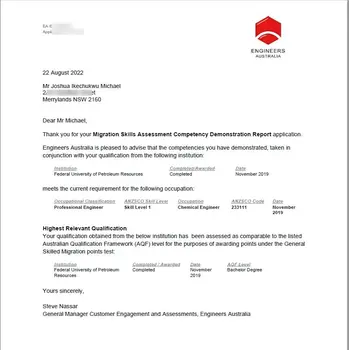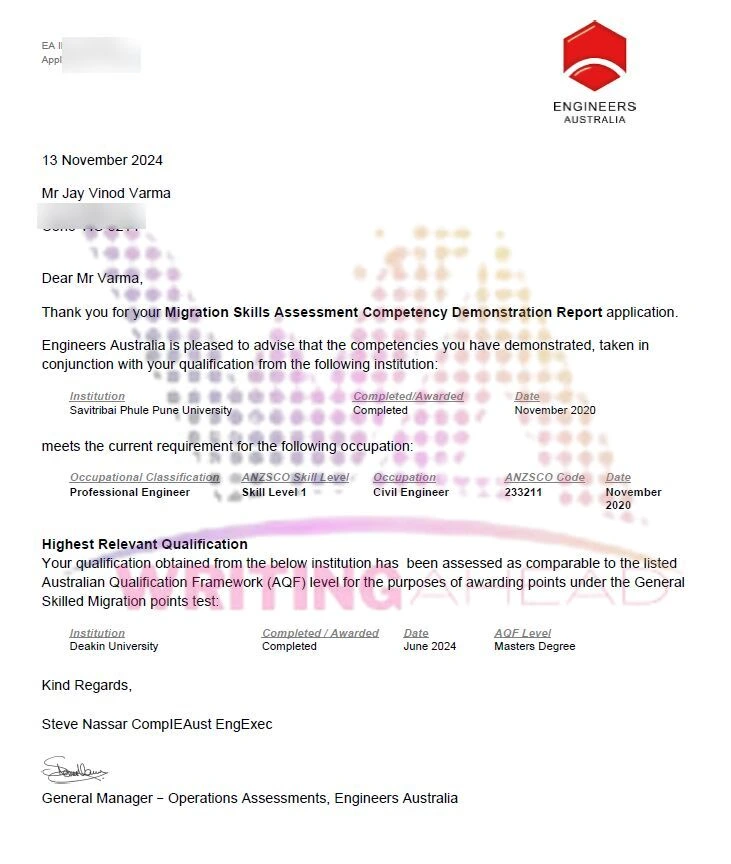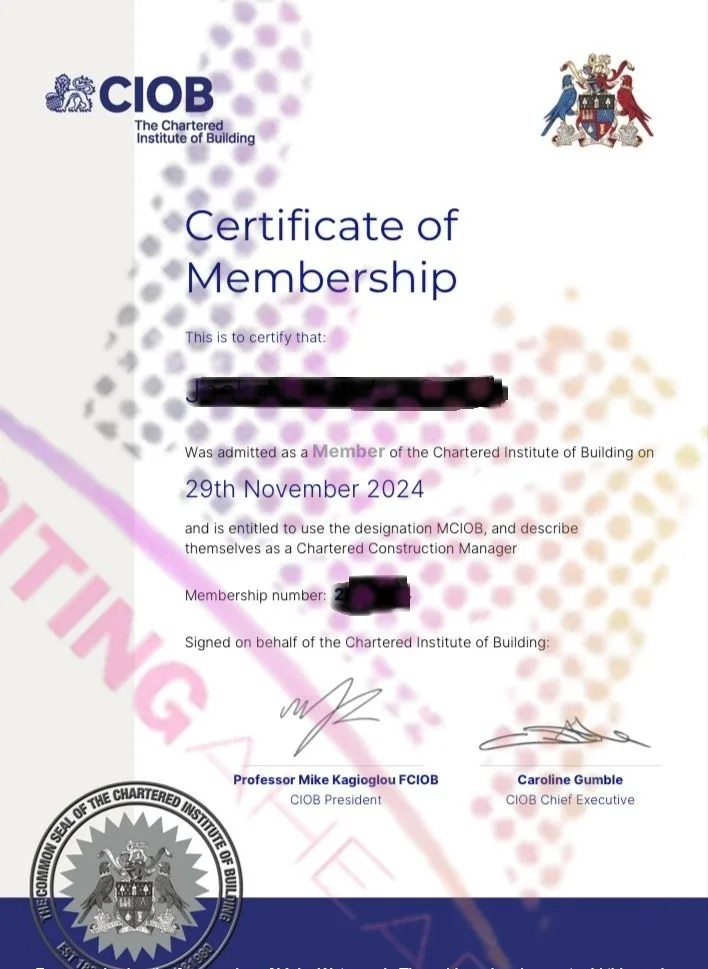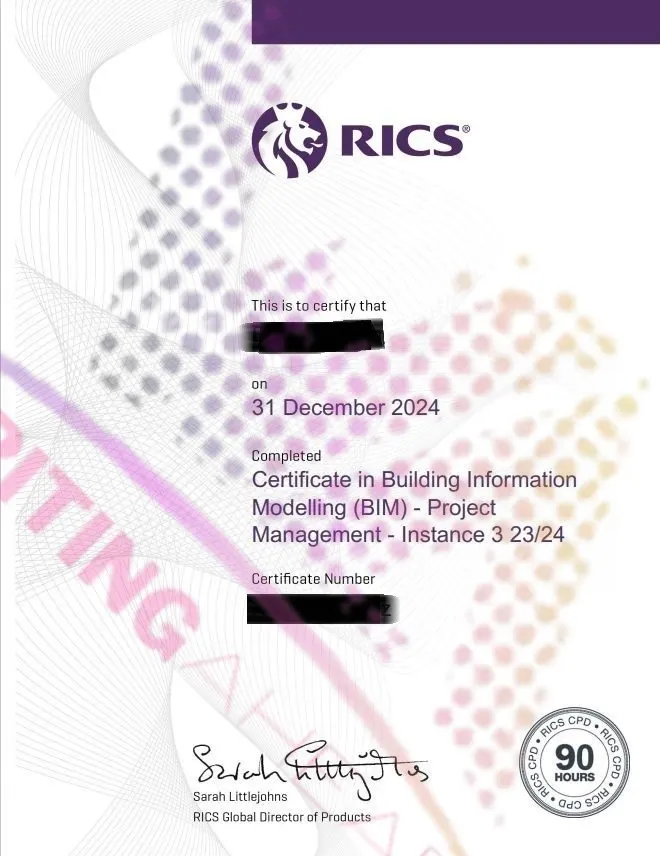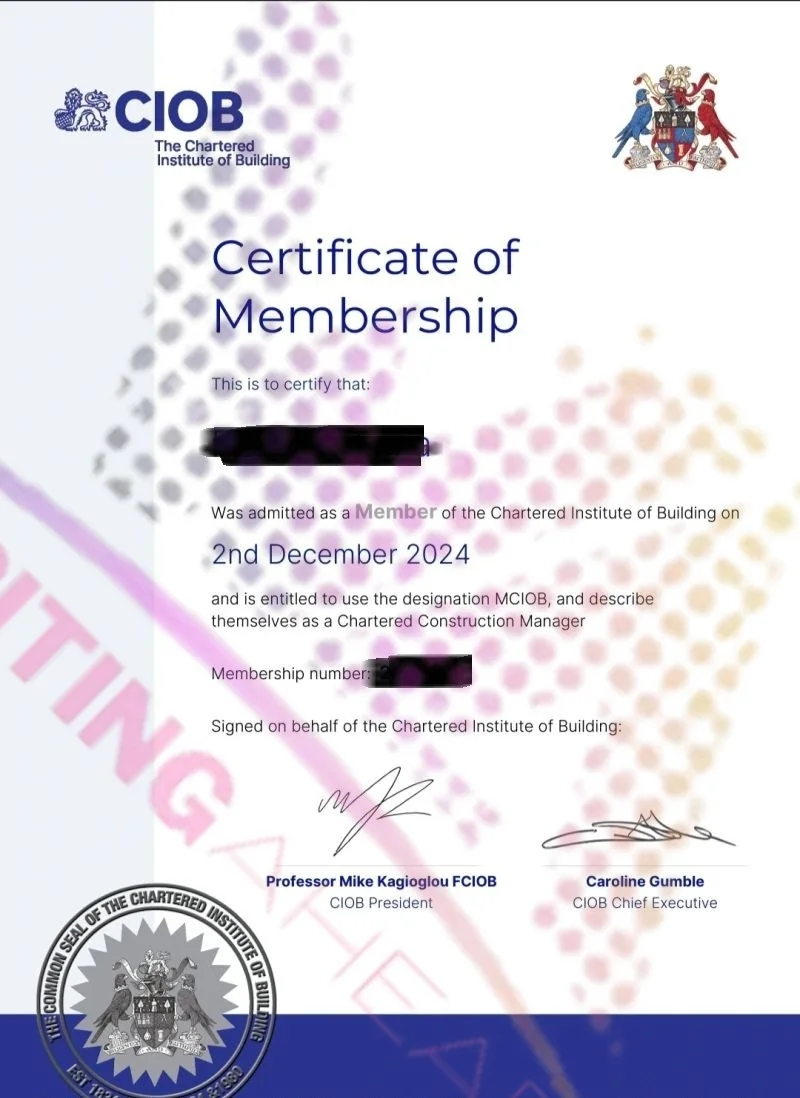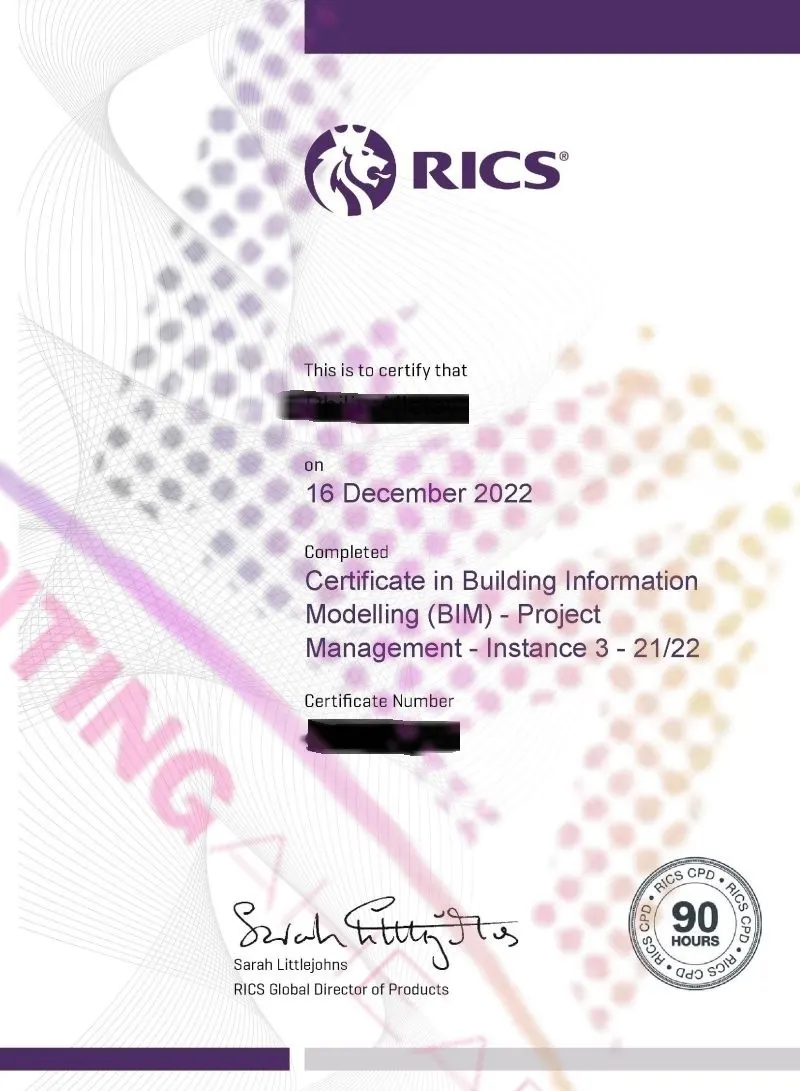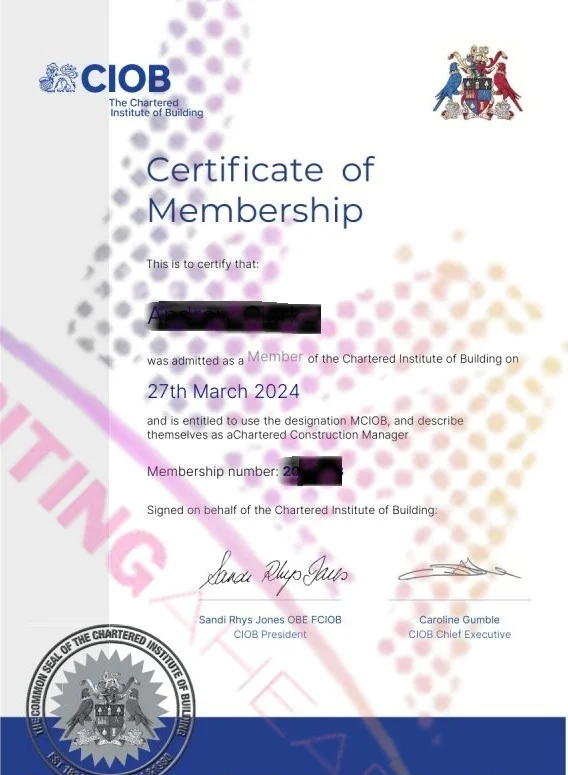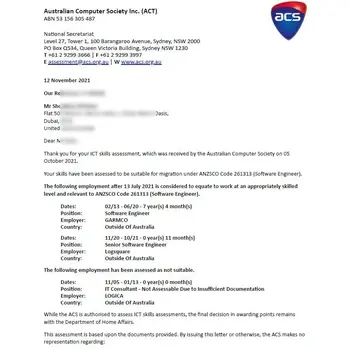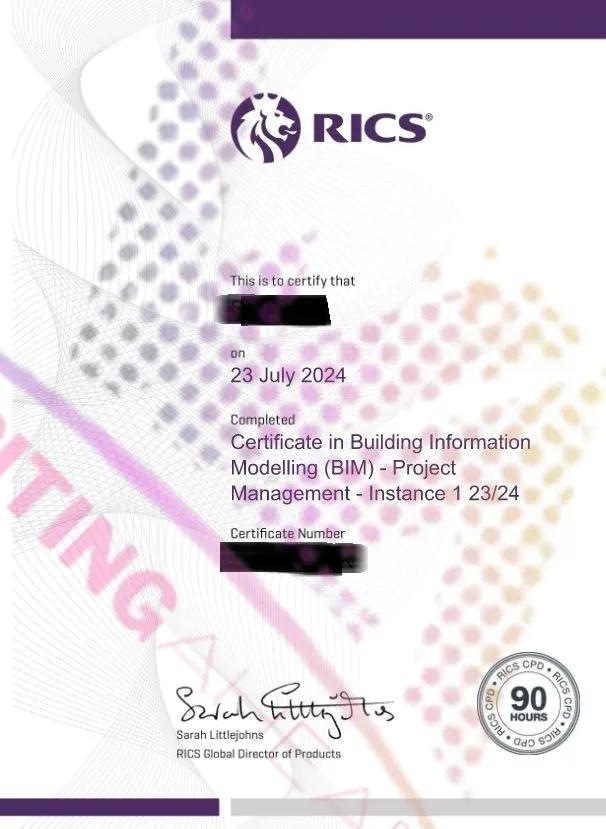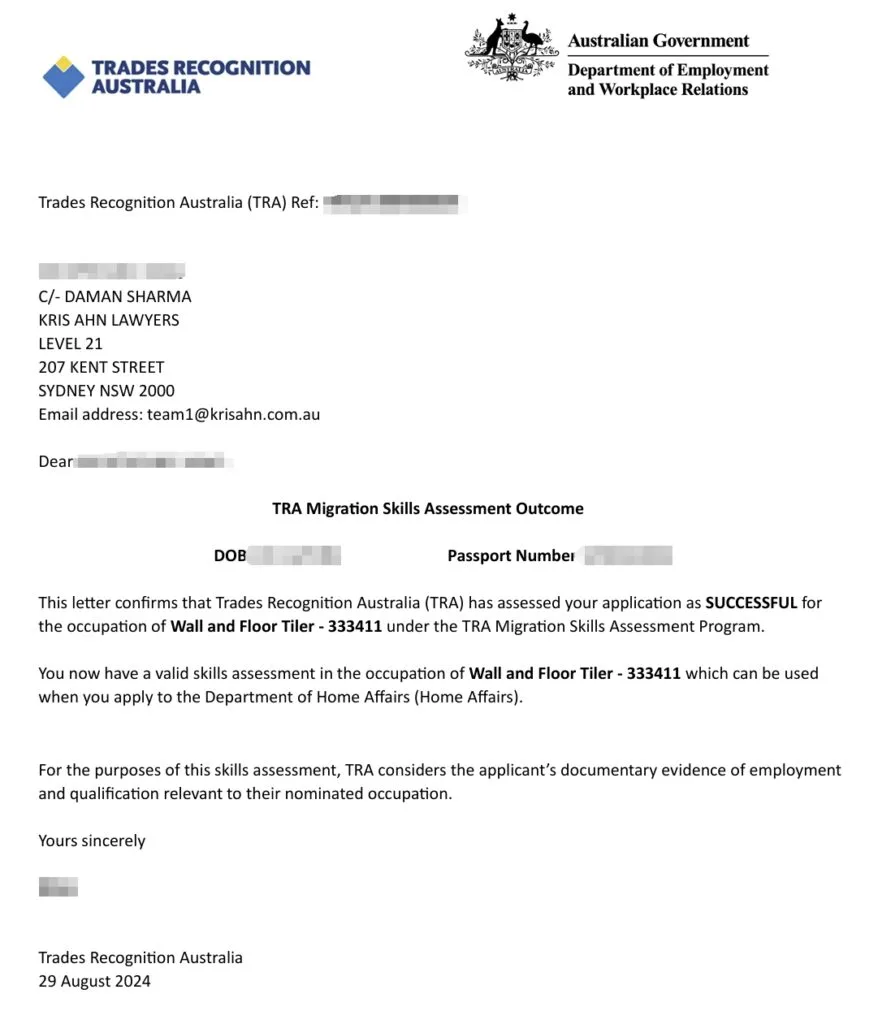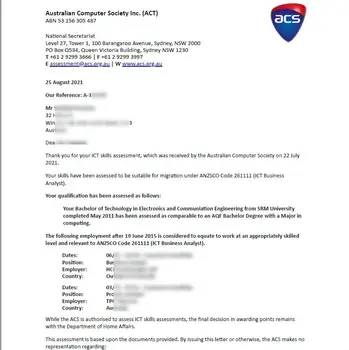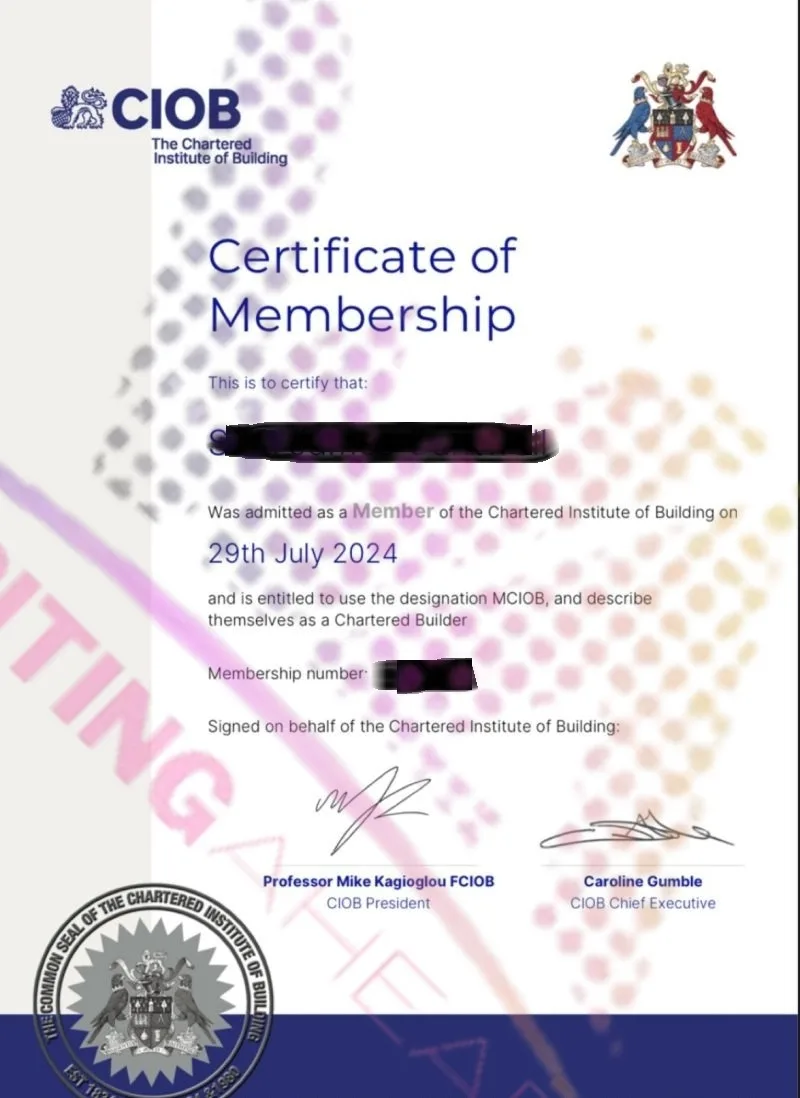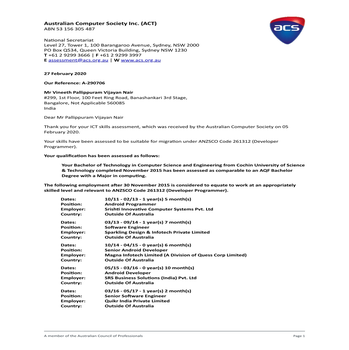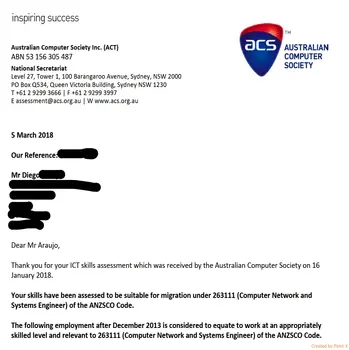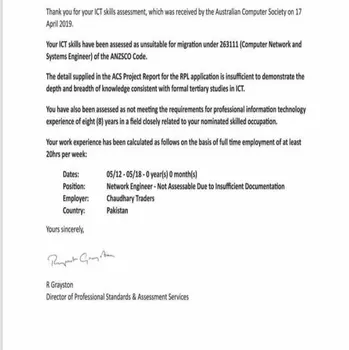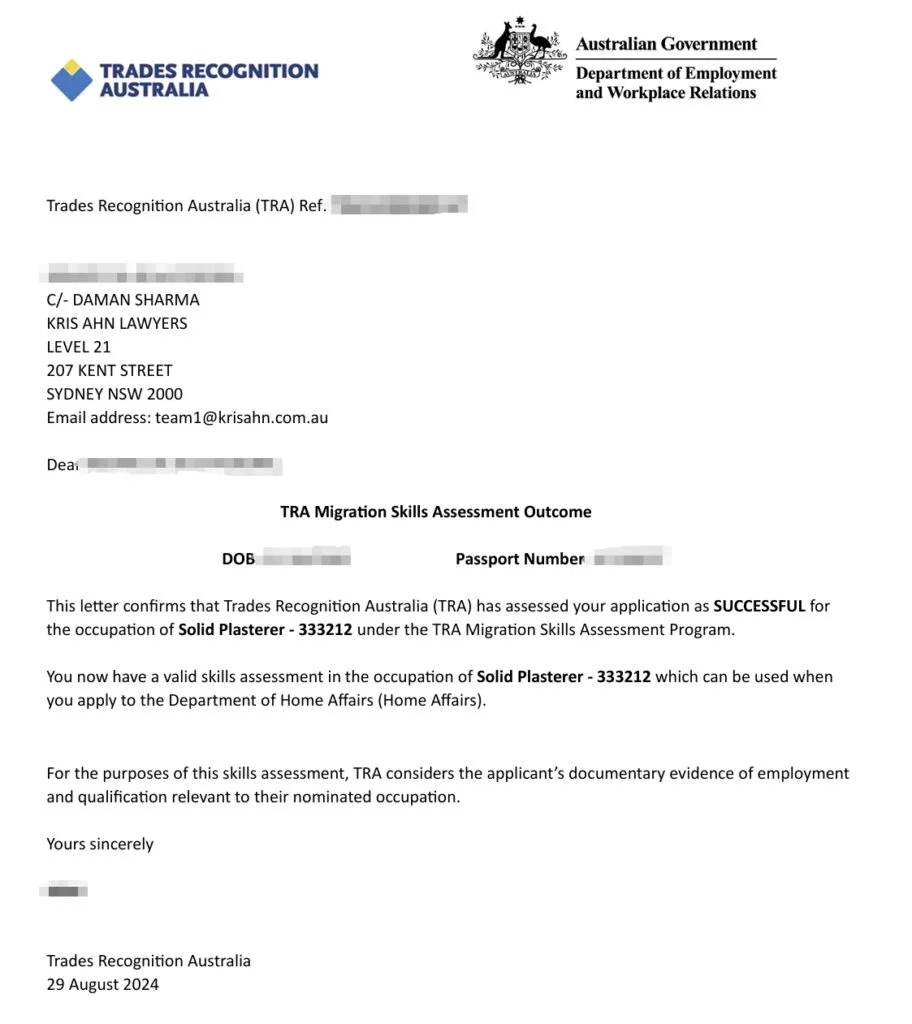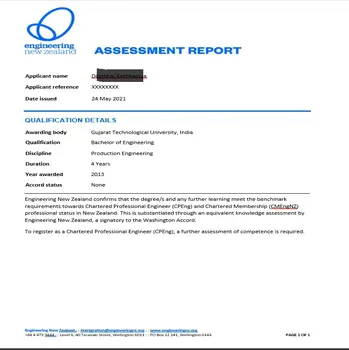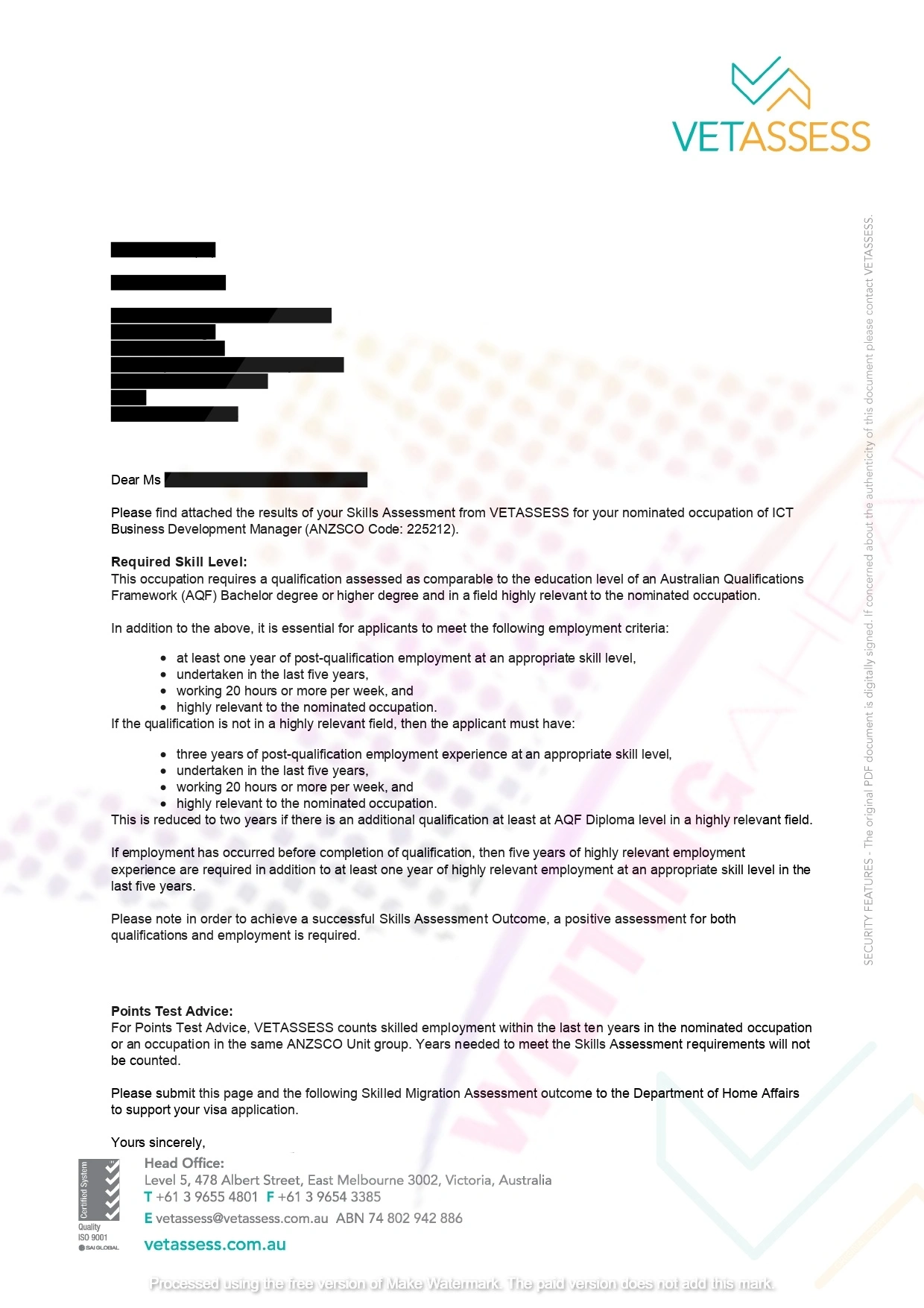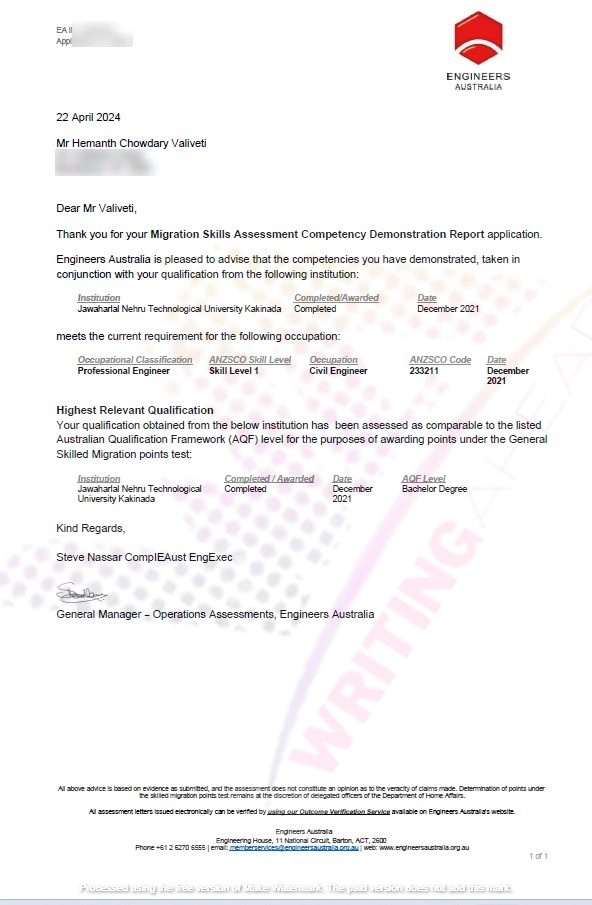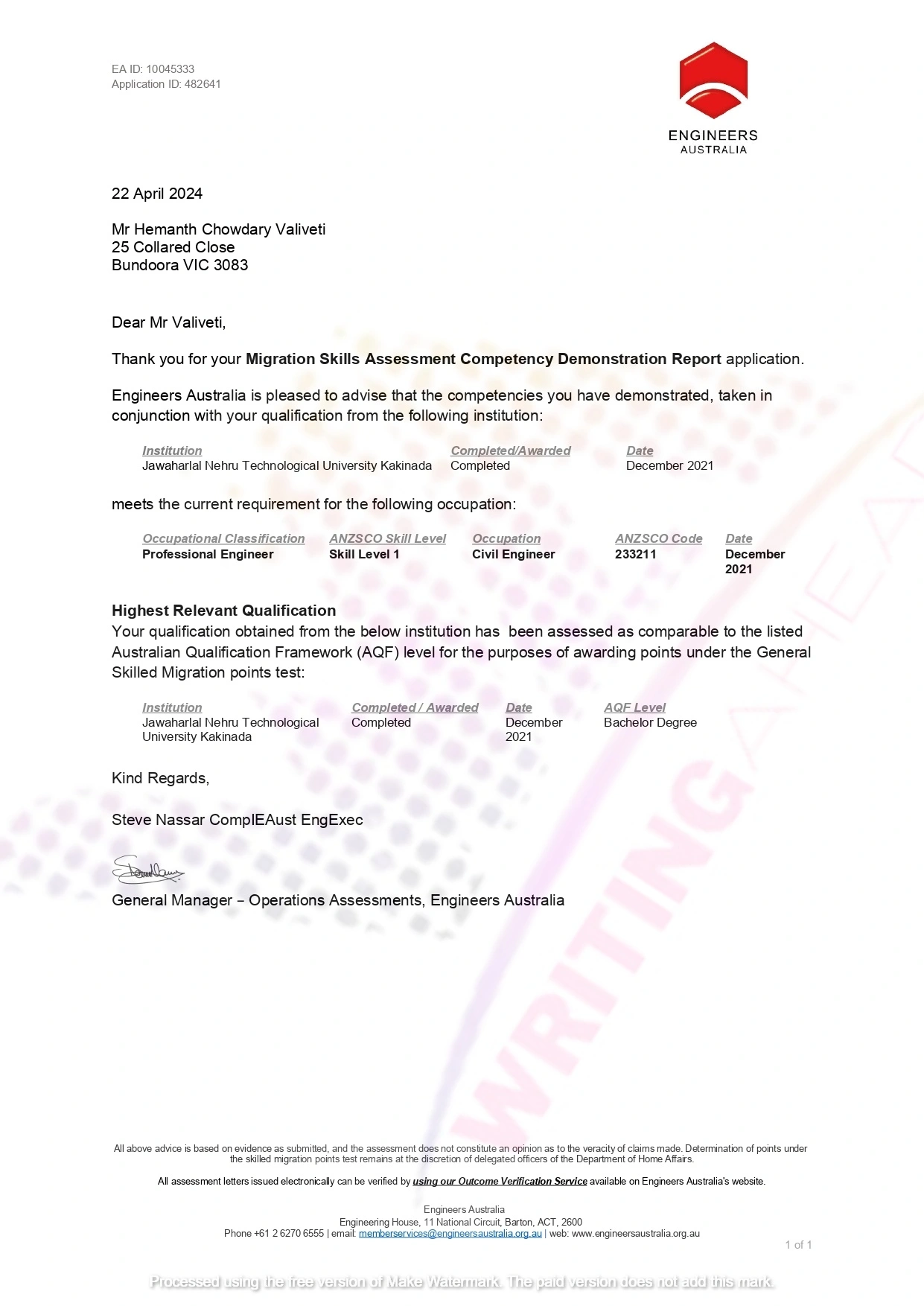Registered Professional Engineer Queensland Assessment Help
🏅 4.9/5 Rating
Certified Experts
💯 Privacy
Premium Quality
🏅 4.9/5 Rating
Certified Experts
💯 Privacy
Premium Quality
RPEQ (Registered Professional Engineer of Queensland) registration is mandatory requirement for engineers who seeking to provide professional engineering offerings in Queensland, Australia. Governed by Board of Professional Engineers of Queensland (BPEQ), RPEQ registration certifies that engineers own the necessary qualifications, competencies and moral requirements to practice independently inside the nation. Established below the Professional Engineers Act 2002, RPEQ registration ensures that engineering offerings in Queensland are added by ready and approved professionals who adhere to strict ethical and expert recommendations.
Engineers working or providing services in Queensland must have RPEQ registration as:
Engineers working under the direct supervision of RPEQ or providing services outside Queensland are excluded.
Some of the engineering disciplines requiring RPEQ registration include:
| Civil Engineering | Structural Engineering |
| Electrical Engineering | Mechanical Engineering |
| Geotechnical Engineering | Environmental Engineering |
| Software/IT Engineering (related to infrastructure) | Mining Engineering |
| Chemical Engineering | Fire Safety Engineering |
Only RPEQ certified engineers can legally provide independent engineering services.
Demonstrates professional and ethical commitment to clients and employers.
It offers many career opportunities in government and private sector.
Clients and stakeholders trust RPEQ engineers for high quality work that meets regulatory standards.
Qualifications are respected both in Australia and beyond.
| Feature | NER (National Engineering Register) | RPEQ (Registered Professional Engineer of Queensland) |
|---|---|---|
| Regulatory Requirement | Voluntary (except for some employers and projects) | Mandatory to practice engineering in Queensland |
| Regulatory Body | Engineers Australia (EA) | Board of Professional Engineers of Queensland (BPEQ) |
| Legal Authority | No legal requirement to hold NER | Legally required to provide independent engineering services in QLD |
| Eligibility Criteria | Recognized qualifications, experience, and CPD | Recognized qualifications, experience, CPD, and competency assessment |
| Scope of Practice | Nationwide recognition across Australia | Specific to Queensland |
| Renewal Requirements | CPD and annual registration with EA | CPD and annual renewal with BPEQ |
| Recognition | Industry recognition but not legally required | Legal recognition to sign off engineering work in QLD |
Writing an RPEQ report requires careful attention to detail and a strong understanding of engineering standards and legal obligations in Queensland, Australia. Common mistakes in RPEQ report writing can compromise the effectiveness and reliability of the report and can result in legal ramifications or project delays. Here are top 12 common mistakes to avoid.
| Mistake: | Solution: | |
|---|---|---|
| 1. Insufficient Evidence of Competency | Failure to provide sufficient project data, estimates, and technical measures to demonstrate technical expertise. | Make sure the report includes quantifiable information, planning methods, risk assessment, and technical challenges encountered and overcome. |
| 2. Lack of Alignment with EA (Engineers Australia) Competencies | Engineers should not copy the content of the report to the skills requirements set by the Board of Engineers of Australia or Queensland (BPEQ). | Structure the report according to the capabilities of the EA by including areas such as problem solving, risk management, and sustainability considerations. |
| 3. Poor Structure and Formatting | Writing reports with cluttered blocks, excessive jargon, or inconsistent formatting. | Use a clear and logical format with topics such as introduction, project scope, technical expertise, risk analysis, and conclusions. |
| 4. Overuse of Technical Jargon | Excessive use of technical language without defining terms, making it difficult for researchers to understand. | Clarify by defining technical terms and ensure they are readable for technical and non-technical stakeholders. |
| 5. Insufficient Focus on Risk Management | Neglecting risk identification, analysis, and mitigation strategies, which are essential components of professional engineering. | Include a dedicated section describing potential hazards, safety measures and mitigation strategies used in the project. |
| 6. Generic Descriptions Instead of Specific Contributions | Providing information about the project without focusing on the specific roles and contributions of the applicant. | Focus on individual technical contributions, including decision-making, leadership, and problem-solving strategies. |
| 7. Ignoring Legal and Ethical Considerations | Failure to meet relevant Australian standards, laws and ethical obligations. | Identify relevant technical standards (e.g., AS/NZS regulations) and explain how the business meets ethical and professional responsibilities. |
| 8. Inadequate Proofreading and Editing | Submitting reports with grammatical errors, typos, and ambiguous wording. | Proofread frequently and consider professional editing services to improve the quality of the report. |
| 9. Lack of Supporting Documentation | Key supporting documents such as photographs, statistics, project reports, and customer feedback were not included. | Include appropriate appendices and context to highlight the work described in the report. |
| 10. Plagiarism and Non-Original Content | Appropriate information about information from previous presentations or Internet sources was not used. | Make sure the report is original and written in the client’s own words, reflecting their experience and unique skills. |
| 11. Failing to Address CPD (Continuing Professional Development) | No mention of continuing education and professional development efforts. | Include references to training, workshops, or related certifications that demonstrate continuous improvement. |
| 12. Overloading with Irrelevant Information | Includes irrelevant information that helps demonstrate technical excellence. | Stay short and focus on specific skills and technical skills related to RPEQ registration. |
Engineers may face the following challenges during the RPEQ application process.
Only RPEQ certified engineers can legally provide independent engineering services.
Collecting and organizing work experience data and CPD records can be time-consuming.
Some engineers may struggle to meet qualification standards due to gaps in experience or documentation.
The eligibility review and application process can take months to complete.
Get professional support from RPEQ consultants or Engineers Australia to ensure a smooth implementation.
To become Registered Engineer of Queensland, an engineer should meet specific criteria set by BPEQ. RPEQ registration procedure guarantees that engineers are certified, assist professional requirements and are able to provide a provider that places public safety first. Here are the basic requirements for RPEQ registration:
To maintain your RPEQ registration, you must:
Preparation of a high quality RPEQ competency report is required for registration with the Board of Professional Engineers of Queensland (BPEQ). Your report should adequately reflect your technical skills, professional experience and ethical understanding in line with Australian Standards.
Here are the tips and tricks you need to help you create a strong RPEQ performance report:
Use the common sense approach:
Do you need assistance in preparing your competency-based work experience statement for RPEQ? Secure your RPEQ certification in Australia with expert guidance @ Writing Ahead
RPEQ certification is required for engineers working towards expert engineering offerings in Queensland, mainly in fields like civil, structural, electric and mechanical engineering. It is legally mandatory for the ones supervising, certifying or signing off on engineering projects. Many employers and government projects additionally require RPEQ-licensed engineers for compliance.
Engineers Australia (EA) is an approved assessment body that assists RPEQ applicants to:
To obtain an RPEQ in Queensland, you need a recognized engineering degree, a minimum of 5 years relevant experience and a successful qualifications assessment from an approved body (e.g., Engineers Australia) in addition, and you have applied to the Board of Professional Engineers of Queensland for registration Before you guys Demonstrate continuous professional development (150 CPD hours over 3 years) and comply with ethical professional standards.
No, you generally cannot obtain the RPEQ designation without an appropriate engineering degree. BPEQ requires applicants to hold 4 year engineering degree (or equivalent) recognized by Engineers Australia or another approved research body.
However, in some cases, if you have significant industry experience and preferred qualifications you may be able to undertake a competency-based assessment through approved assessment bodies, which may provide you with a pathway to eligibility Look directly at BPEQ or assessment consult with the authorized body for specific eligibility options based on experience.
No, NER is not the same as RPEQ, but they are related. Applying for an RPEQ can be made easier by registering for an NER, as the NER means you meet Engineers Australia’s professional standards. However, the RPEQ requires additional competency assessment and registration with the BPEQ.
The CPEng (Chartered Professional Engineer) is a globally recognized certificate issued by Engineers Australia, which recognizes that an engineer is capable and professional, but is not required by law to practice RPEQ is legal mandatory certification administered by BPEQ Essential when CPEng While enhancing career prospects, RPEQ gives you legitimacy is there a right to work in Queensland.
To become an RPEQ you need an authorised engineering degree, as a minimum 5 years of experience and a competency assessment from an approved entity like Engineers Australia. After assessment, follow to BPEQ for registration.
Under the Professional Engineers Act 2002, RPEQ certification is required to legally provide independent engineering services in Queensland, and is mandatory for engineers signing up for, providing or carrying out consultancy services work in regulated industries not supervised by RPEQ. RPEQs are not required for engineers working under supervision or outside Queensland.
No, you generally cannot obtain an RPEQ without a recognized engineering degree. BPEQ calls for applicants to have a recognized 4 year engineering degree or equivalent qualification to meet education necessities.
However, in case you don’t have a degree but have considerable engineering experience, you may explore different options thru a competency-based assessment from an approved assessment body together with Engineers Australia to demonstrate equivalent qualifications.
WritingAhead is a trusted choice for RPEQ writing, offering expert engineering writers who provide tailored, BPEQ-compliant competency reports. They ensure plagiarism-free, well-structured content with a high success rate and quick turnaround. With affordable pricing, free revisions, and full confidentiality, WritingAhead guides engineers through every step of the RPEQ application process.
